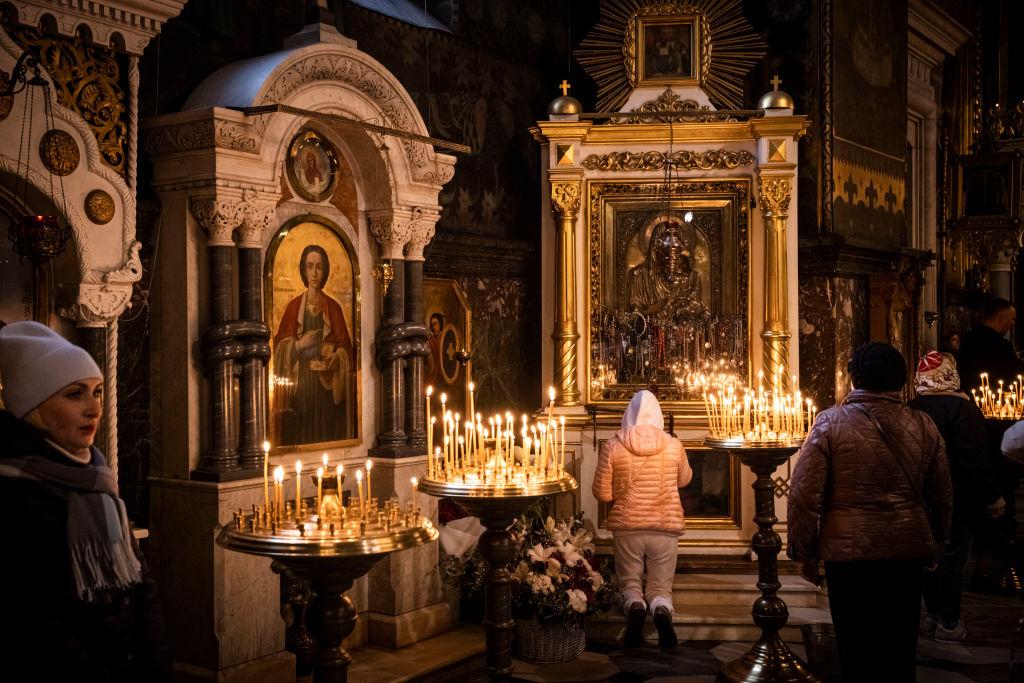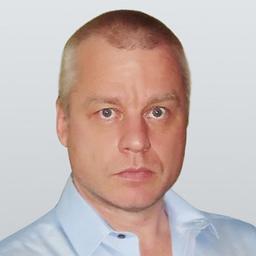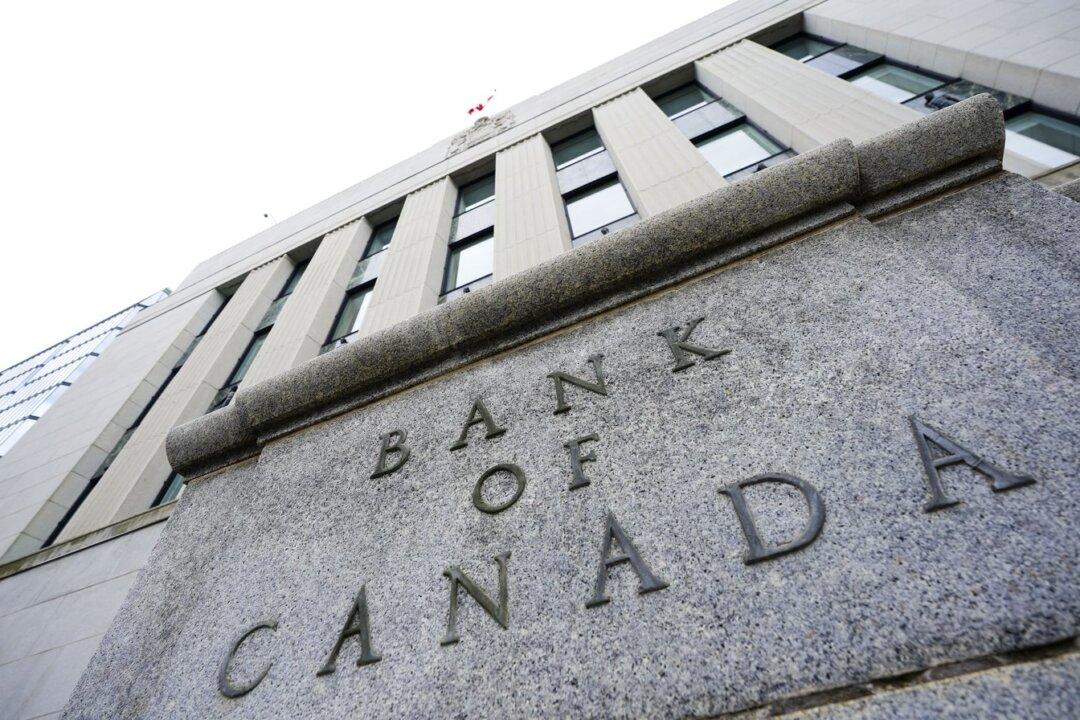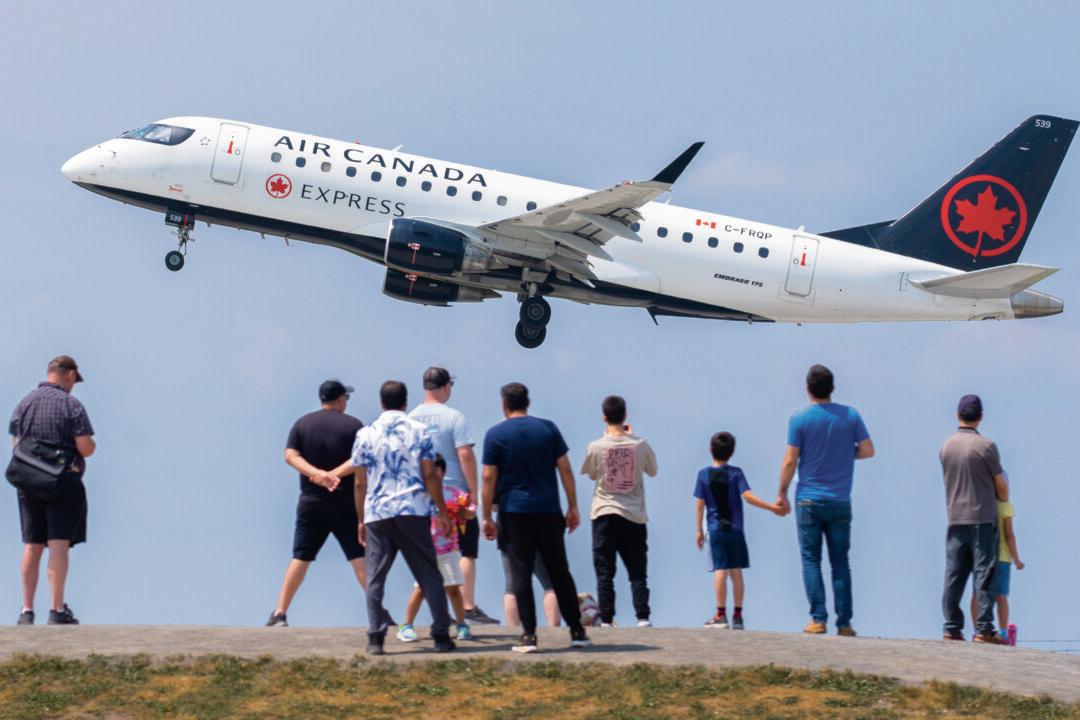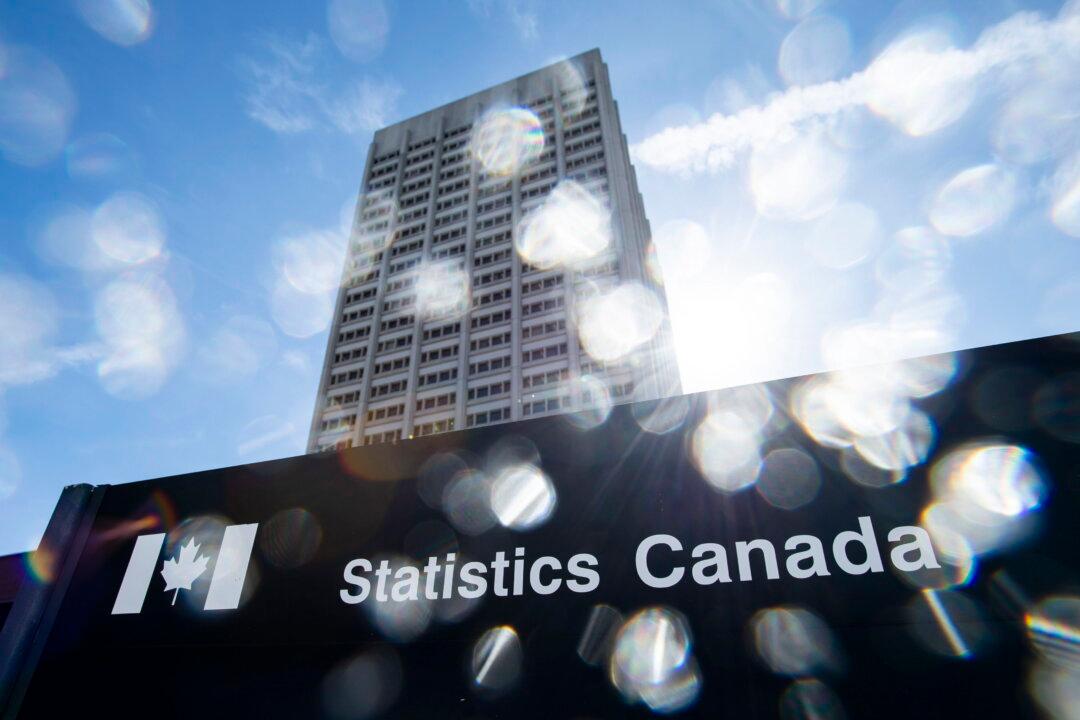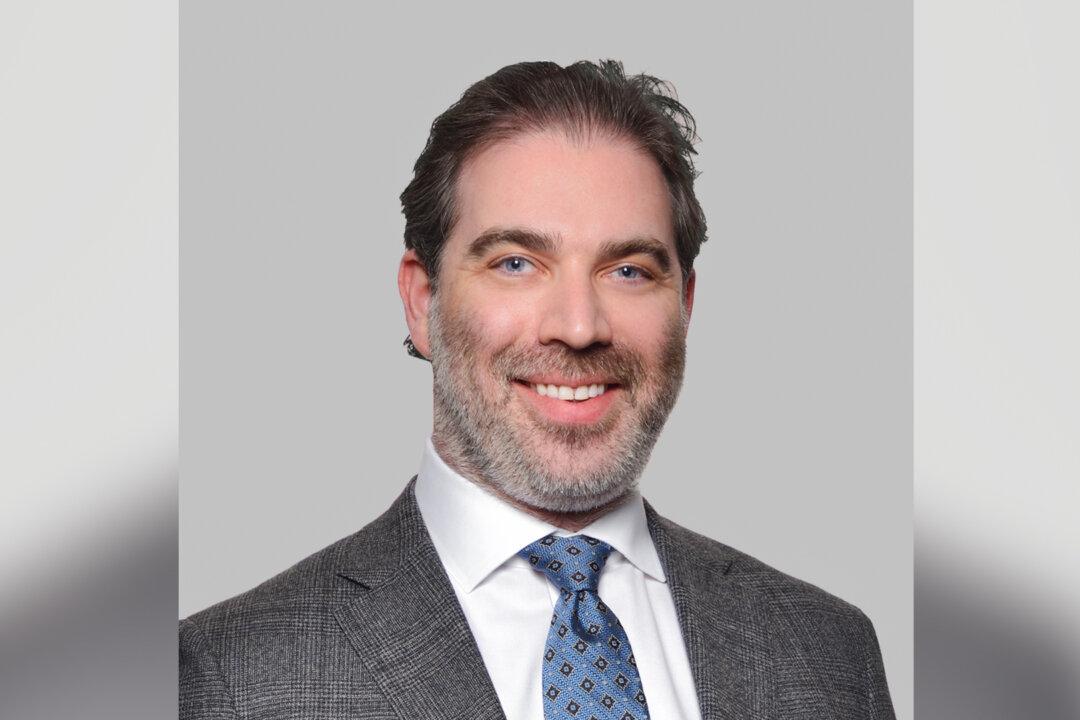The struggle between traditional religion and today’s increasingly individualistic beliefs is taking a toll on Christianity in Canada as all Christian denominations decline—except one. And adherents of that denomination say the others may be losing members because they just aren’t traditional enough.
Orthodox Christianity, practised most famously in Greece, Russia, and Eastern Europe, has increased in popularity in recent years in Canada as all other denominations lose members.
